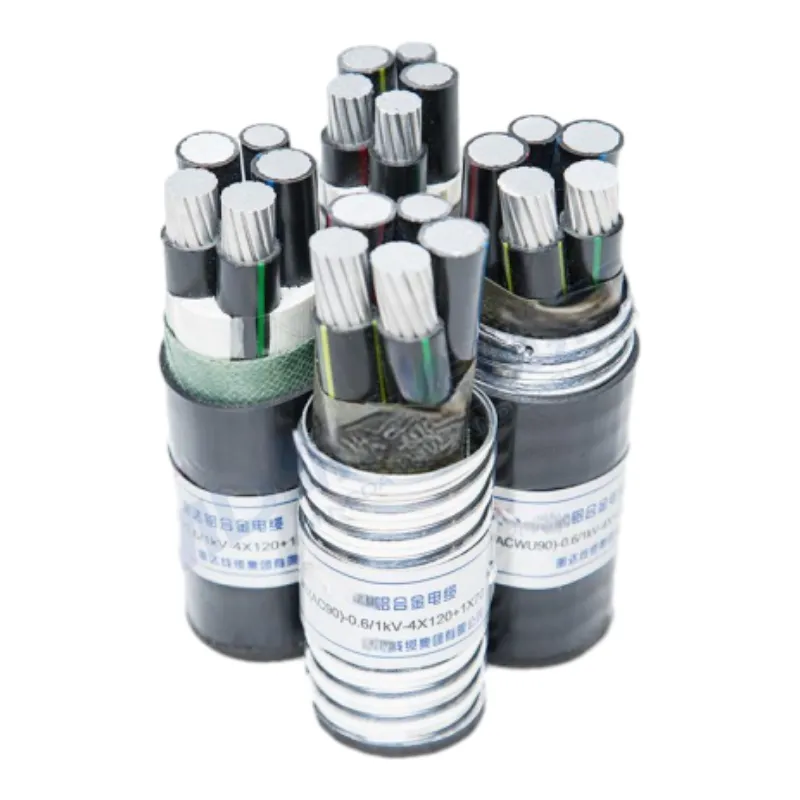Dec . 01, 2024 16:21 Back to list
y type strainer
Understanding Y-Type Strainers A Comprehensive Overview
Y-type strainers, often simply referred to as Y strainers, play a vital role in various industrial and commercial applications. Their primary purpose is to filter out unwanted debris and particles from liquids and gases, ensuring smooth operation and longevity of equipment downstream. This article delves into the function, design, applications, and maintenance of Y-type strainers, providing a comprehensive understanding of their significance in fluid systems.
Functionality of Y-Type Strainers
Y-type strainers operate on a simple yet effective principle. They consist of a Y-shaped body, which allows for the fluid to flow through it while passing through a mesh or perforated screen that captures impurities. The design resembles the letter Y, which provides a compact and efficient way to filter out contaminants from the flowing medium.
The primary function of a Y strainer is to protect equipment such as pumps, valves, and gauges from damage caused by solid particles. By capturing debris, strainers help maintain optimal flow rates and reduce the risk of system failures, which can lead to costly downtime and maintenance.
Design Features
The design of Y-type strainers contributes significantly to their functionality. Typically made from materials such as stainless steel, cast iron, or plastic, Y strainers are chosen based on the specific application's pressures, temperatures, and chemical compatibility requirements.
Key design features include
1. Strainer Body The Y-shaped body allows for a compact configuration and efficient flow. The inlet and outlet ports are aligned in a way that promotes smooth fluid movement. 2. Filter Element The core component of the strainer, made of varying mesh sizes, determines the filtration level. A finer mesh captures smaller particles but may require more frequent cleaning.
3. Blow-Off Valve Many Y strainers come equipped with a blow-off or drain valve that allows for easy cleaning without disconnecting the strainer from the pipeline.
4. End Connections Available in various configurations, such as threaded, flanged, or welded, Y strainers can easily integrate into existing pipeline systems.
y type strainer

Applications
Y-type strainers are versatile and used across numerous industries, including
- Water Treatment They filter debris from incoming water supplies, preventing damage to pumps and treatment equipment. - Chemical Processing Strainers protect machinery and ensure product quality by filtering out contaminants in chemical formulations. - Oil and Gas In petroleum pipelines, Y strainers remove solids that can cause blockages or equipment wear. - Food and Beverage Strainers help maintain hygiene and product integrity by filtering out particulates from liquids.
Maintenance Considerations
Regular maintenance is crucial to ensure Y-type strainers function optimally. Here are some practical tips for maintaining these critical components
1. Regular Inspection Periodically check the strainer for signs of wear, clogging, or damage. Inspect the filter element and replace it as needed. 2. Cleaning Depending on the application, the frequency of cleaning may vary. Strainers in high-particle applications may require more frequent attention. Utilize the blow-off valve to clear out debris safely.
3. Flow Rate Monitoring Monitor the flow rate through the strainer; a noticeable drop may indicate that the filter is clogged and needs cleaning.
4. Correct Sizing Ensure that the Y-type strainer is appropriately sized for the application to avoid excessive pressure drops or ineffective filtration.
Conclusion
In conclusion, Y-type strainers are essential components in maintaining the efficiency and reliability of various fluid systems. Their design, which emphasizes both functionality and ease of maintenance, makes them a popular choice across multiple industries. By understanding their operation, applications, and maintenance, facility managers and engineers can optimize their fluid systems, enhance equipment longevity, and reduce the risk of costly failures. Investing in quality Y-type strainers and implementing regular maintenance protocols will significantly contribute to operational success in any fluid-handling environment.
Share
-
Reliable Wafer Type Butterfly Valves for Every IndustryNewsJul.25,2025
-
Reliable Flow Control Begins with the Right Ball Check ValveNewsJul.25,2025
-
Precision Flow Control Starts with Quality ValvesNewsJul.25,2025
-
Industrial Flow Control ReliabilityNewsJul.25,2025
-
Engineered for Efficiency Gate Valves That Power Industrial PerformanceNewsJul.25,2025
-
Empowering Infrastructure Through Quality ManufacturingNewsJul.25,2025